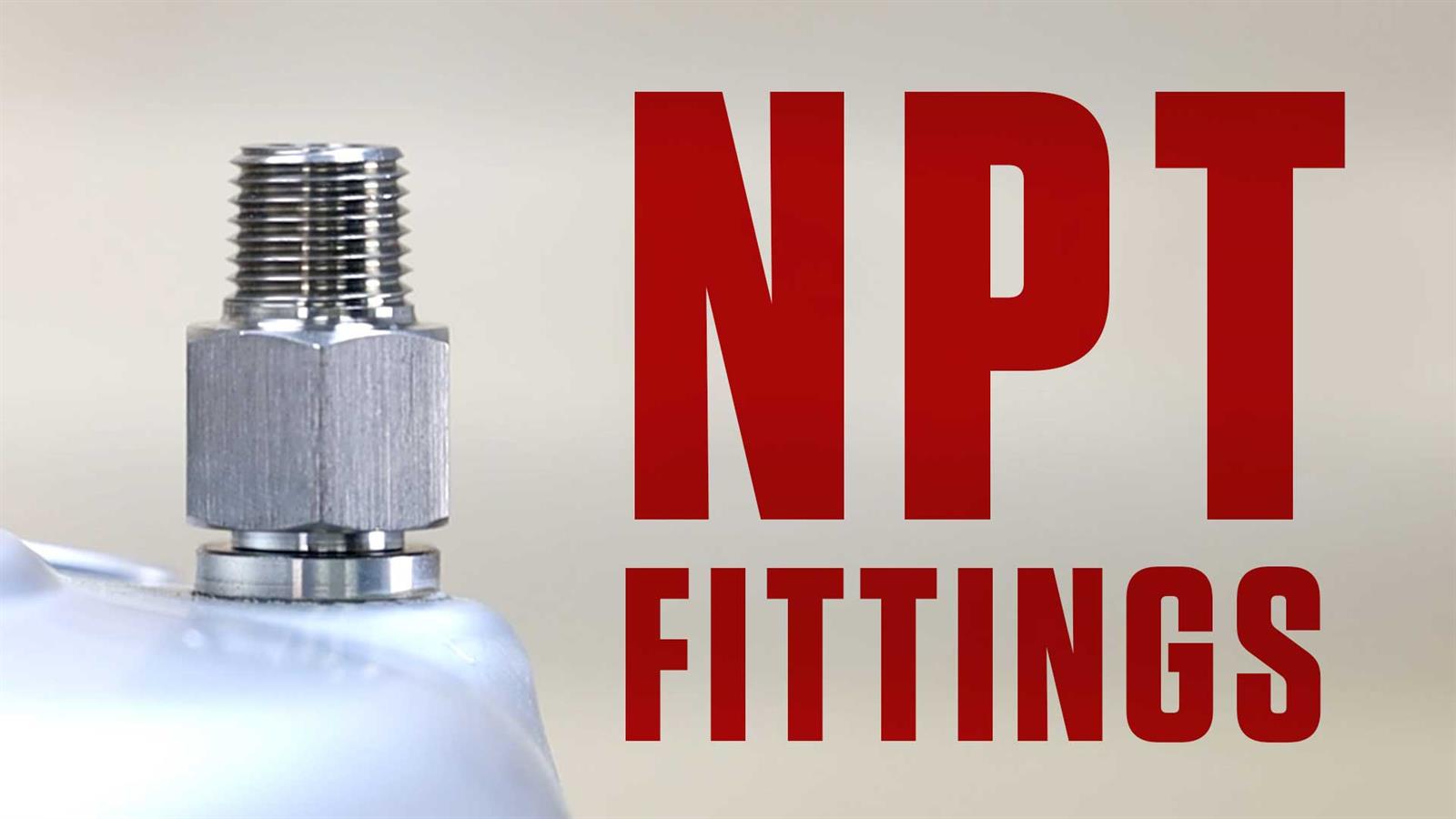 National Pipe Thread (NPT) is a widely used standard for tapered pipe threads in the United States. These threads are commonly found in pipes, fittings, and valves used for the transportation of fluids and gases. To understand the history and significance of NPT pipe threading, we need to explore its origins, design, variations, and its role in modern plumbing and industrial applications. Many different NPT Fittings are used in the draft beverage industry and the below acronyms will help to clarify many of these.
National Pipe Thread (NPT) is a widely used standard for tapered pipe threads in the United States. These threads are commonly found in pipes, fittings, and valves used for the transportation of fluids and gases. To understand the history and significance of NPT pipe threading, we need to explore its origins, design, variations, and its role in modern plumbing and industrial applications. Many different NPT Fittings are used in the draft beverage industry and the below acronyms will help to clarify many of these.
Definition of Pipe Thread Acronyms
|
| NPT |
National Pipe Thread (tapered) |
| FPT |
Female Pipe Thread (interchangeable with NPT) |
| FIP |
Female Iron Pipe (interchangeable with NPT) |
| MPT |
Male Pipe Thread (interchangeable with NPT) |
| MIP |
MaleIron Pipe (interchangeable with NPT) |
Historical Background
The NPT standard traces its roots back to the 19th century when the United States was experiencing rapid industrialization and expansion. As industries and infrastructure grew, the need for standardized methods of joining pipes and fittings became increasingly apparent. Prior to the development of NPT, pipe threads were often inconsistent, leading to leaks and difficulties in assembly.
The concept of tapered threads, which would create a tight seal as the threads were engaged, was developed as a solution to these problems. The NPT standard emerged as a product of this effort, offering a reliable way to connect pipes and fittings while ensuring a secure, leak-free seal.
Design and Characteristics
NPT pipe threads are characterized by several key features:
- Tapered Threads: One of the defining features of NPT threads is their taper. Unlike parallel threads, which have a consistent diameter along the thread length, NPT threads gradually narrow as they approach the end of the pipe or fitting. This taper is typically 1/16 inch per inch, meaning that for every inch of thread length, the diameter decreases by 1/16 of an inch.
- Thread Angle: NPT threads have a thread angle of 60 degrees. This means that each thread makes a 60-degree angle with the centerline of the pipe or fitting.
- Flank and Crest: The "flank" refers to the sloping sides of the threads, while the "crest" is the topmost point of each thread. The shape of NPT threads is designed to create a wedging action as they are tightened, creating a seal.
- Tapered Seal: The sealing in NPT threads occurs at the point where the threads make contact with each other. This is known as the "interference fit," and it is what creates the seal. Because of this design, it's important not to overtighten NPT connections, as it can damage the threads and compromise the seal.
Variations of NPT Threads
There are several variations of NPT threads, each with its specific designation:
- NPT: National Pipe Taper - This is the standard tapered thread used in the United States for general-purpose pipe connections. This is the pretty much only style you will see in the beverage industry.
- NPTF: National Pipe Taper Fuel - NPTF threads have a modified crest and flank design that provides a more robust sealing surface, making them suitable for applications involving hydraulic and pneumatic systems.
- NPS: National Pipe Straight - Unlike NPT, NPS threads are straight and do not have a taper. They are typically used for mechanical connections where a seal is not required.
Modern Applications
NPT threads continue to be widely used in various industries, including plumbing, construction, manufacturing, and automotive. Some common applications include:
- Plumbing: NPT threads are frequently used in plumbing systems to connect pipes, valves, and fittings, both in residential and commercial settings.
- Hydraulics and Pneumatics: NPTF threads are used in hydraulic and pneumatic systems due to their enhanced sealing capabilities and resistance to vibration and pressure.
- Industrial Machinery: NPT threads are found in various industrial machinery and equipment, facilitating fluid and gas transport within these systems.
- Construction: NPT threads are employed in the construction industry for connecting pipes in HVAC (heating, ventilation, and air conditioning) systems.
Challenges and Considerations
While NPT threads are widely used and effective, there are some considerations and challenges associated with them:
- Thread Engagement: Proper thread engagement is crucial to ensure a reliable seal. Incomplete thread engagement can lead to leaks.
- Thread Sealant: It's common practice to use thread sealants, such as Teflon tape or pipe dope/glue, when assembling NPT connections to enhance the seal and prevent leaks.
- Tapered Thread Limitations: The taper of NPT threads can limit the number of times a connection can be assembled and disassembled before the threads wear out or become damaged.
- Compatibility: NPT threads are not compatible with other thread standards, such as British Standard Pipe (BSP) threads, which have a different taper and thread angle.
NPT pipe threading has a rich history rooted in the need for standardized and reliable pipe connections during the industrialization of the United States. Its tapered design, thread angle, and sealing mechanism make it a widely used and effective threading standard in various industries today, from plumbing and construction to hydraulics and pneumatics. Understanding NPT threads and their proper assembly is essential for ensuring leak-free and secure connections in a wide range of applications.